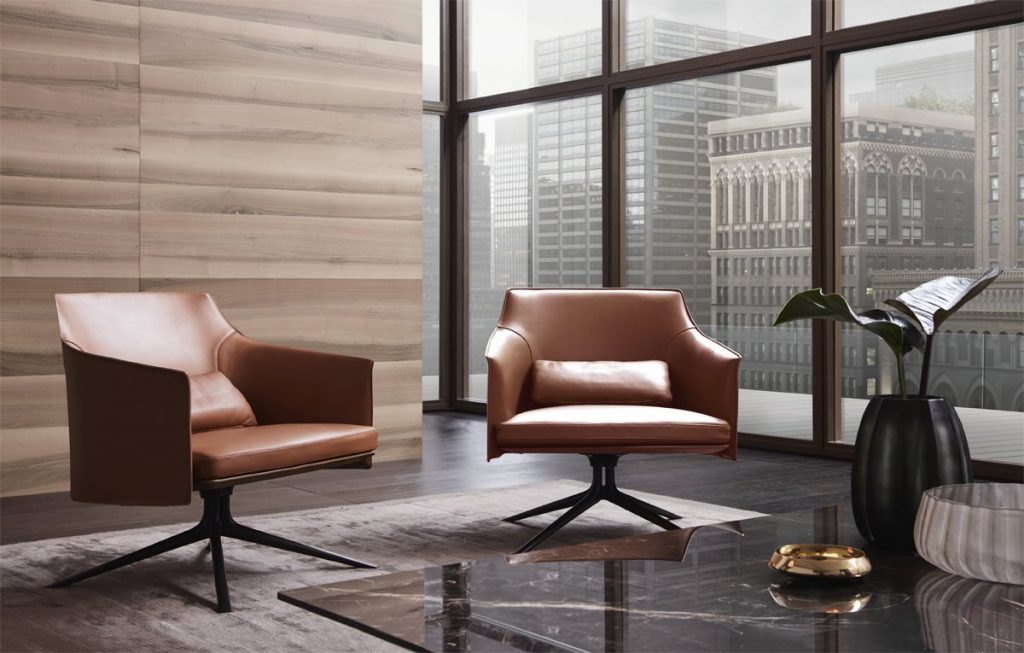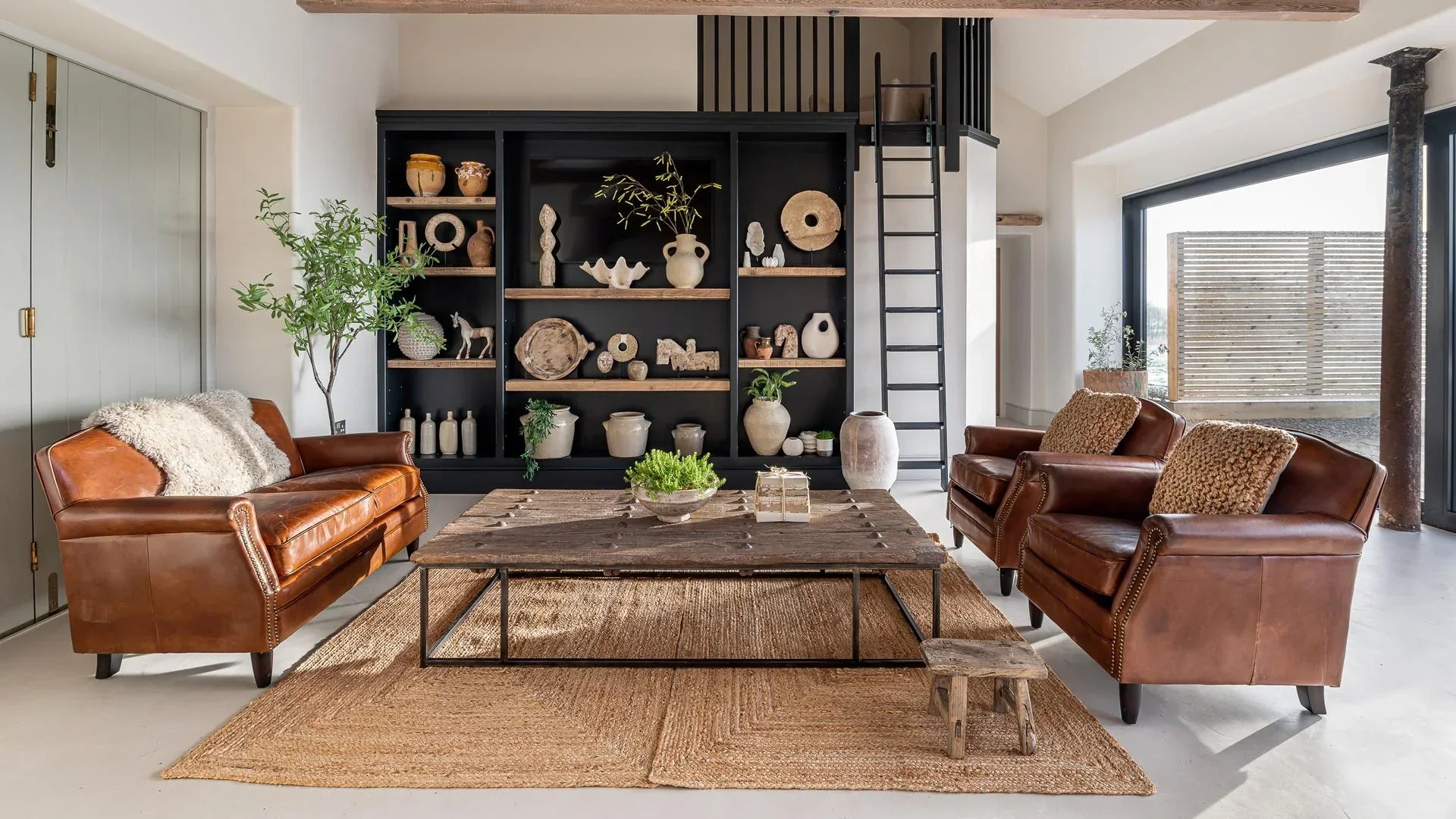How to Pick the Perfect Furniture for Tiny Living Locations
How to Pick the Perfect Furniture for Tiny Living Locations
Blog Article
Elegant and durable: The most effective Products for Long-Lasting Furnishings
The option of products for furniture style is an essential variable in achieving both sturdiness and style. Woods like oak and maple not only provide aesthetic heat however likewise provide exceptional strength, while crafted wood presents an eye-catching option for budget-conscious customers. Furthermore, the rise of metal furnishings provides a modern edge with remarkable resilience. The growing focus on sustainability presents a brand-new dimension to product option, motivating a reevaluation of eco pleasant alternatives. The concern continues to be: which products will inevitably strike the excellent equilibrium in between durability and aesthetic charm in your area?
Solid Wood Options

Softwoods like want and cedar additionally present viable choices, albeit with different attributes. Pine is light-weight and simple to function with, making it an excellent option for rustic furnishings, while cedar is normally resistant to decay, ideal for outdoor applications.
It is necessary to think about the designated use of the furniture when selecting a timber type. Items that sustain heavy wear ought to prioritize tougher woods, while attractive things might profit from softer, extra aesthetically attractive ranges. Eventually, the right selection of solid timber not only enhances the long life of the furnishings but additionally boosts the overall visual of the home.
Engineered Wood Benefits
Engineered wood, commonly referred to as composite timber, provides numerous advantages that make it an engaging option for long-lasting furniture. Among the primary advantages of engineered timber is its enhanced stability contrasted to solid timber. Created from layers of wood fibers or veneers, it decreases the danger of bending and fracturing, which are typical issues with all-natural wood due to adjustments in humidity and temperature.

Additionally, crafted wood is an environmentally pleasant alternative, as it utilizes smaller trees and timber by-products, promoting sustainable forestry methods. The manufacturing process likewise causes less waste, making it an accountable selection for eco-conscious consumers.
Metal Longevity
Using exceptional stamina and strength, steel is a prime product selection for sturdy furniture. Known for its longevity, metal can stand up to substantial damage, making it an optimal choice for both residential and business atmospheres. Whether it is steel, light weight aluminum, or wrought iron, each kind of metal offers unique buildings that add to the total longevity of the furnishings.
Steel, as an example, is celebrated for its high tensile strength and resistance to flexing, making certain that items stay structurally sound over time. Light weight aluminum, on the various other hand, is light-weight and resistant to rust and corrosion, making it especially suitable for outdoor furnishings. Wrought iron, with its standard allure, boasts remarkable sturdiness and can withstand severe climate condition without jeopardizing its stability.
In addition to its physical residential or commercial properties, steel furnishings frequently goes through safety treatments, such as powder covering or galvanization, which better improve its resistance to scrapes and environmental factors. This degree of sturdiness makes metal furnishings a worthwhile financial investment, as it not only keeps its aesthetic allure yet also stands the examination of time, ensuring capability for years ahead.
Upholstery Options
Choosing the ideal furniture is vital for enhancing both the toughness and aesthetic charm of furniture. Furniture products can considerably impact the longevity of an item, with choices ranging from natural fibers to artificial textiles.
All-natural fibers, such as cotton and bed linen, offer breathability and convenience yet may require more upkeep to withstand fading and put on in time. Alternatively, wool is a durable selection known for its durability and resistance to staining, making it ideal for high-traffic areas.
For those seeking toughness with less maintenance, artificial materials like polyester and nylon provide exceptional options. These materials are look at these guys frequently crafted to be stain-resistant and fade-proof, making them suitable for families with children or animals. Microfiber, a subtype of polyester, is especially prominent for its soft appearance and easy cleaning properties.
Leather, while typically extra pricey, adds a timeless style to furniture. Its natural sturdiness allows it to age beautifully, developing an unique aging gradually. It requires certain maintenance to preserve its gloss.
Eventually, selecting furniture involves stabilizing visual preferences with sensible factors to consider, making sure that the furniture not only looks good however also stands the examination of Read More Here time. Furniture.
Sustainable Products
Highlighting environmental responsibility, lasting materials have obtained importance in furniture layout, showing a growing awareness of ecological influence. These materials not just lower the carbon footprint however also ensure the long life of furniture, adding to a round economic situation.
Usual lasting materials include reclaimed timber, which repurposes existing lumber, reducing the demand for deforestation. Bamboo is an additional excellent selection; it is fast-growing and needs minimal resources, making it an environmentally friendly choice to standard woods. Furthermore, recycled steels and plastics are progressively made use of in furniture manufacturing, promoting waste reduction and source conservation.
Natural fibers such as natural cotton, hemp, and linen are favored for furniture, as they are free and naturally degradable from hazardous chemicals. Making use of low-VOC (volatile organic substances) surfaces and adhesives even more improves the sustainability of furnishings, ensuring better interior air quality.
Final Thought
Finally, the option of products for stylish and long lasting furnishings is crucial for achieving both longevity and aesthetic appeal. Solid timbers like oak and maple supply toughness and one-of-a-kind character, while engineered timber provides security and cost-effectiveness. Metal alternatives make certain strength, appropriate for numerous settings, and furniture selections boost convenience and layout. go to this website Sustainable materials such as reclaimed timber and bamboo add to ecological duty, making them excellent for modern furnishings options that prioritize both style and resilience.
Engineered timber, frequently referred to as composite timber, supplies countless benefits that make it an engaging option for resilient furniture. One of the key advantages of engineered wood is its improved stability contrasted to solid timber. Constructed from layers of timber fibers or veneers, it reduces the danger of warping and cracking, which are common concerns with natural timber due to modifications in humidity and temperature.
Solid woods like oak and maple supply strength and one-of-a-kind character, while engineered timber uses stability and cost-effectiveness. Lasting materials such as redeemed wood and bamboo add to ecological responsibility, making them suitable for contemporary furniture solutions that prioritize both design and resilience.
Report this page